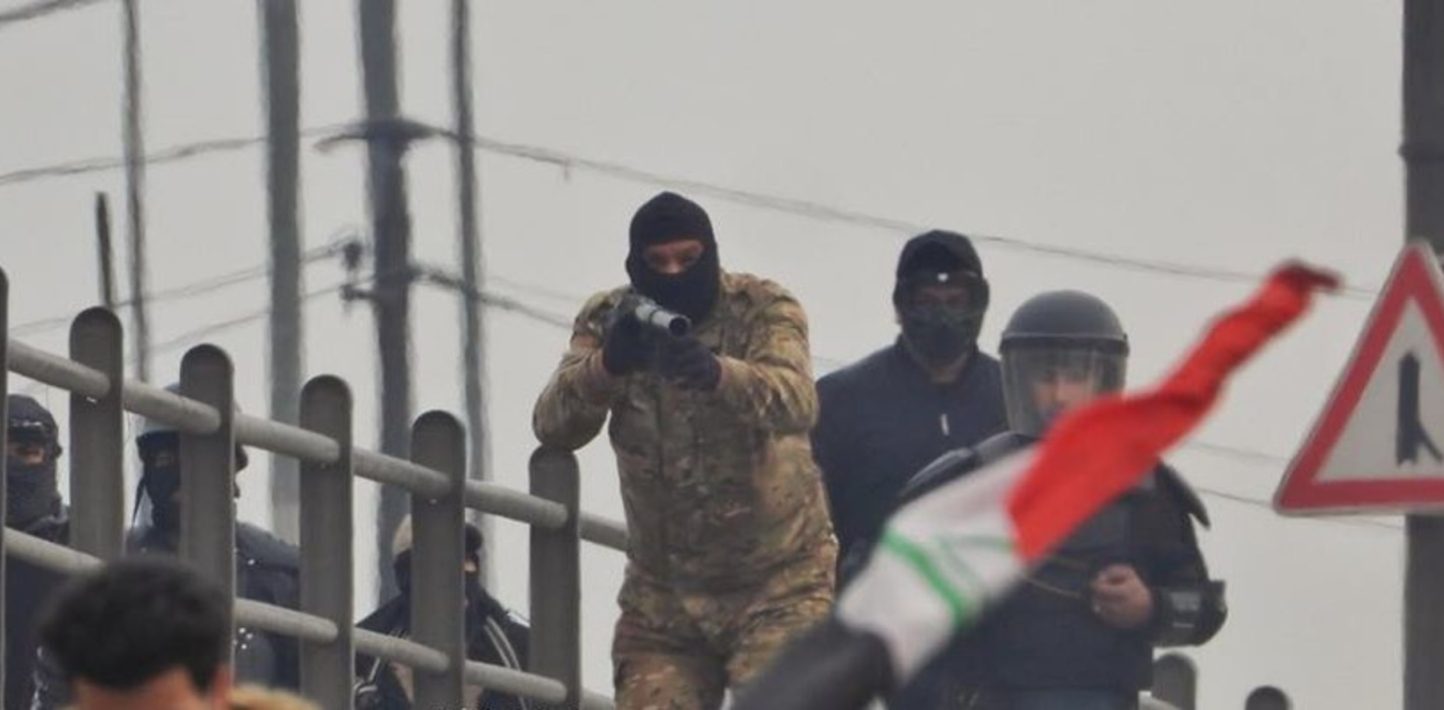On 1 October 2019, mass protests broke out in Baghdad and several southern Iraqi cities over corruption and failed government policies, and they continue today. Throughout this crisis, Amnesty International has documented security forces using excessive and, in some cases, lethal force to disperse protesters. The consistent question I receive from journalists and researchers concerns the weapons used by the security forces against the demonstrators. There have been a variety of novel weapons employed, nearly all of which are inappropriate as policing tools.
From the attacks with head-splitting tear gas grenades that started last October, to the air rifles that prompted the #StopHuntingUs hashtag on Twitter, our Iraq research team and the Crisis Evidence Lab have spent a lot of time monitoring the evolution of the security forces’ armament. In this post, I go through the variety of weapons being used against protesters in Iraq.
Grenade Launchers
Security forces are firing two different sized grenades, requiring them to use two different launchers. The smaller, lighter grenades, which are standard 37mm or 38mm tear gas canisters found all over the world, are fired by the NARG 38, manufactured by the Chinese company Norinco.
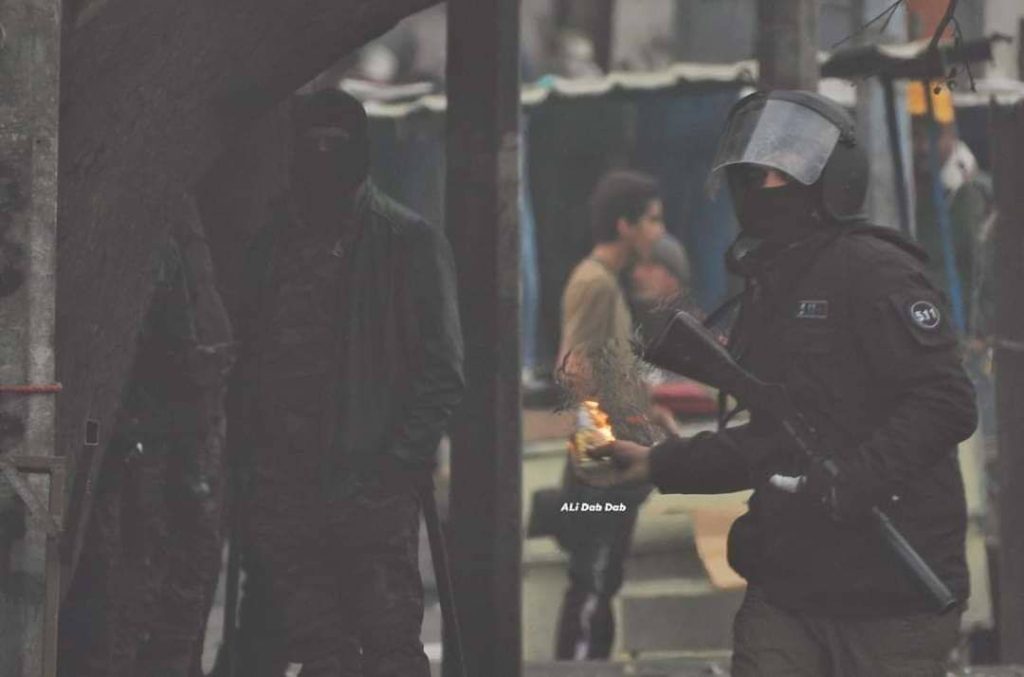
The heavier and more dangerous 40mm grenades, which we have reported on extensively, are launched via the Serbian RBGP M08. This makes sense, as many of the problematic grenades are Serbian M99s.
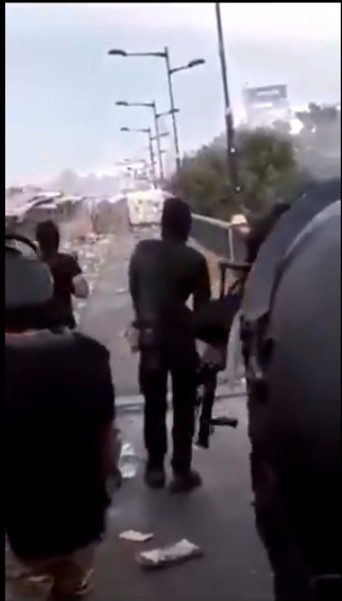
Witness accounts indicate why the grenades have caused so many injuries. Partly it is the weight of the grenades — at 250g they are up to 10 times heavier than standard canisters — but equally troubling is how they are used.
“Sometimes they fire it in an arc – into the air and it lands,” said one protester in Baghdad last October. “Sometimes they fire it straight at the protesters like an RPG [rocket-propelled grenade]. They fire five to six after one another within 30 seconds.”
Air Rifles
In January 2020, images emerged of security forces deploying a new weapon: air rifles, most commonly used in Europe and the Middle East for hunting birds and small game.
These weapons use compressed air, rather than black powder or other burning propellant, to launch a small pointed pellet at the target. While they are unlikely to kill a person, they cause very painful wounds requiring surgery and are totally inappropriate for police use.
Birdshot
Standard police shotguns can fire a variety of ammunition. Some varieties, like rubber bullets, are acceptable for use in very specific circumstances. But birdshot, which has recently been deployed, should never be used.
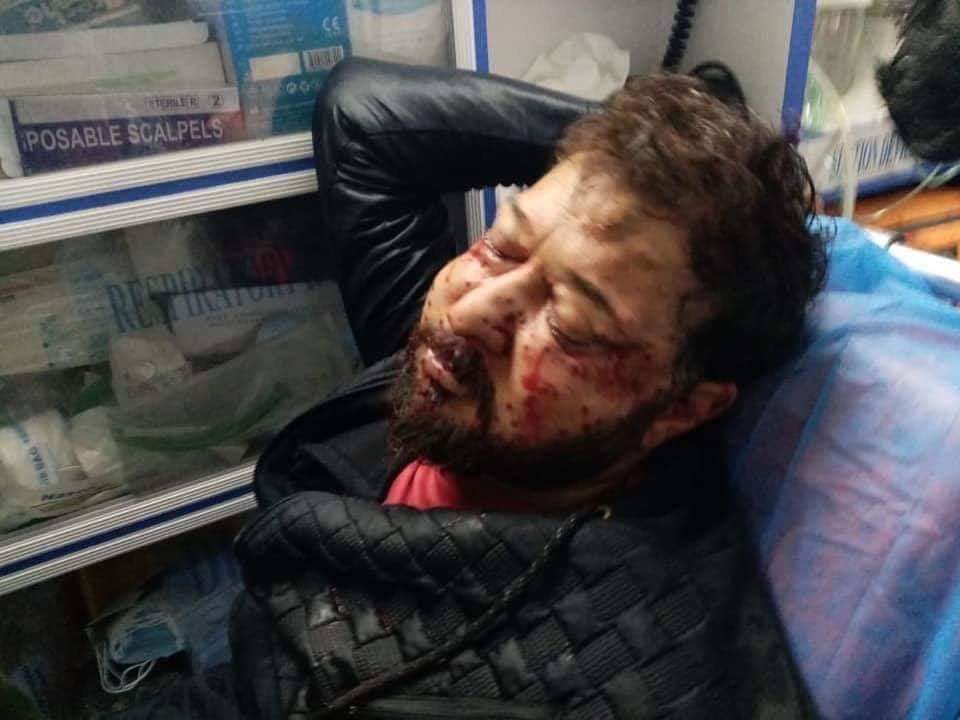

Like the pellets in air rifles, birdshot is also used in hunting. However, instead of a single projectile, a cartridge of birdshot contains dozens of bb sized (3mm diameter) balls, that cause distinctive, and potentially deadly, injuries in a spray pattern. Birdshot wounds near vital organs in the face and torso are particularly dangerous.
Slingshots
Even more unusually, Iraqi security forces have been seen with slingshots, which they use to launch heavy ball bearings and marbles. Again, this is completely inappropriate police use of force.

Batons
Often, security forces stationed on bridges and overpasses would shoot down upon protesters from a distance. However, when the forces reached individual protesters, they often beat them.
In January, one protester told us: “I witnessed many cases where the security forces were dragging people on the ground and beating them. Some were underage, 14 or 15 years old tops. When the beaten protesters would return to the main area of protests, they would have marks of batons and sticks on their bodies.”
Amnesty International also reviewed photographic evidence of serious wounds across the back of one protester, consistent with beatings that could amount to torture.
Rifles
Although a variety of less-lethal weapons are used by security forces (some appropriate but many not), many gunmen are also armed with a variety of Kalashnikov-style rifles. These weapons are often used in conjunction with tear gas grenades and other weapons.
According to a protester, “security forces were using the following strategy: they would first use live ammo to disperse protesters, and they would be shot directly at protesters, then, in the commotion of protesters running away, they would use tear gas. And they would shoot the canisters directly at the protesters.”

Some specific units have other firearms, however, which can be individually identified. For example, the “Shock Forces” of Basra are armed with Croatian VHS-K2s, which were acquired during the fighting against the armed group calling itself the Islamic State:
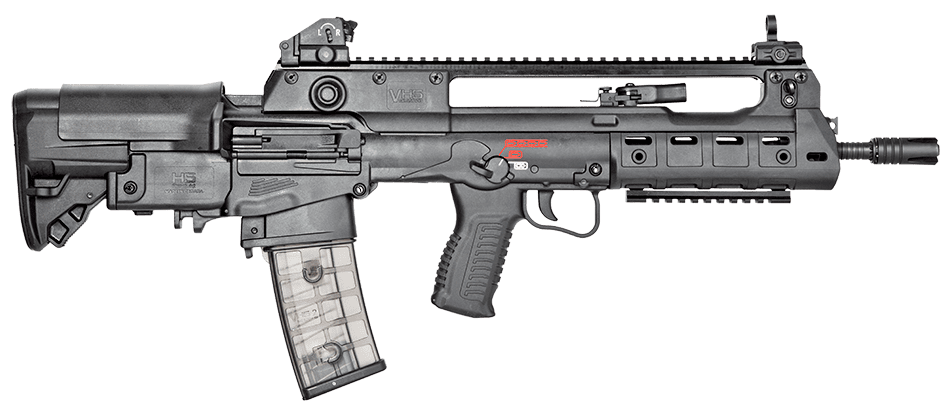
This unit, in particular, has been known to commit human rights violations. In January, a protester told us: “In Basra, the oppression is extreme, more than any other governorate. Shock forces use live ammo and tear gas on us all the time even for blocking roads. They even use animal hunting gear.”
Documentation
A reminder to journalists and activists: if you do collect spent cartridge casings, please photograph the “headstamp” on the flat bottom portion of the cartridge, as it allows investigators to track the provenance of the ammunition.
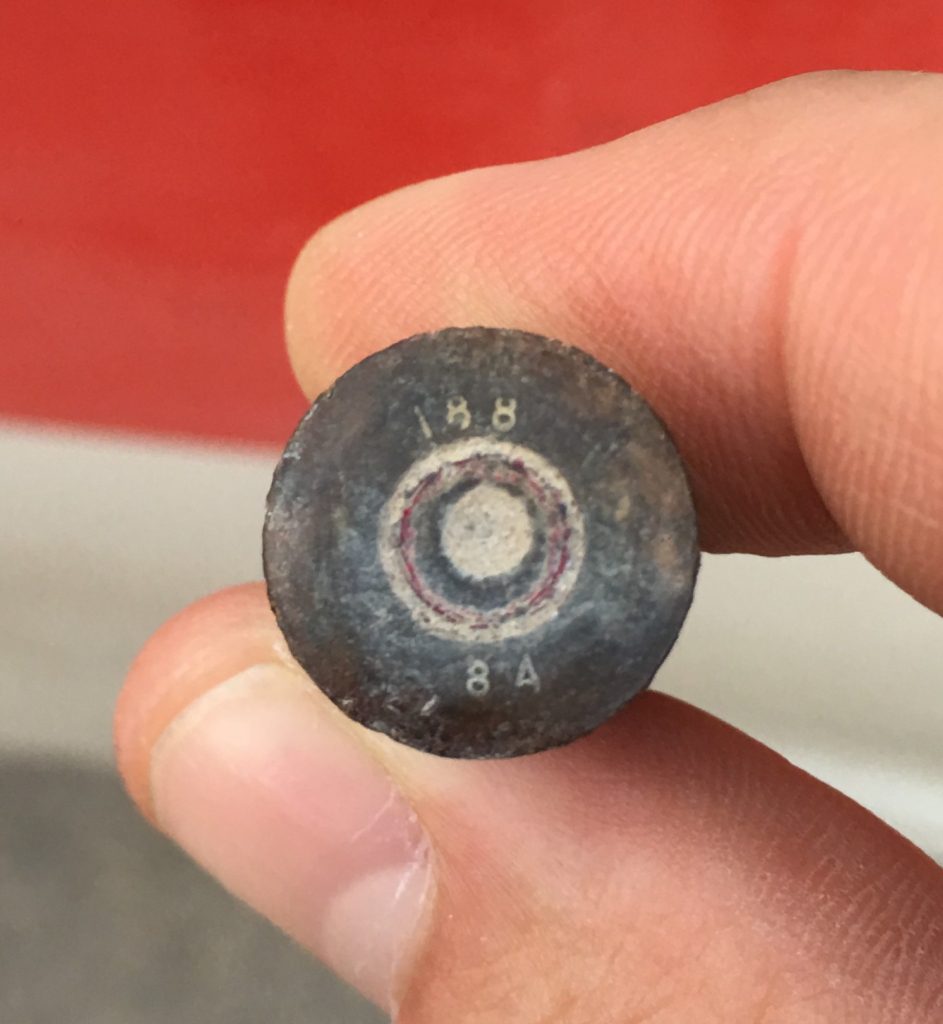
Flouting International Obligations
According to UN guidelines, security forces should refrain from the use of firearms unless there is an imminent threat of death or serious injury and there is no suitable alternative available. It is clear both from eyewitness testimonies and our analysis that this restraint is lacking in myriad instances in Iraq’s policing of protests since October. Protesters have a right to expect that the security forces protect – not arbitrarily kill and maim – them. The Iraqi authorities must urgently rein in the security forces, remove those responsible for serious violations and initiate thorough, independent investigations aimed at bringing accountability and redress for victims and their families.
CORRECTION: this article was updated on 6 March 2020, to include a new image of security forces carrying AK-style rifles. The original image published was from was from previous protests, it was exchanged with one from the current violence.


